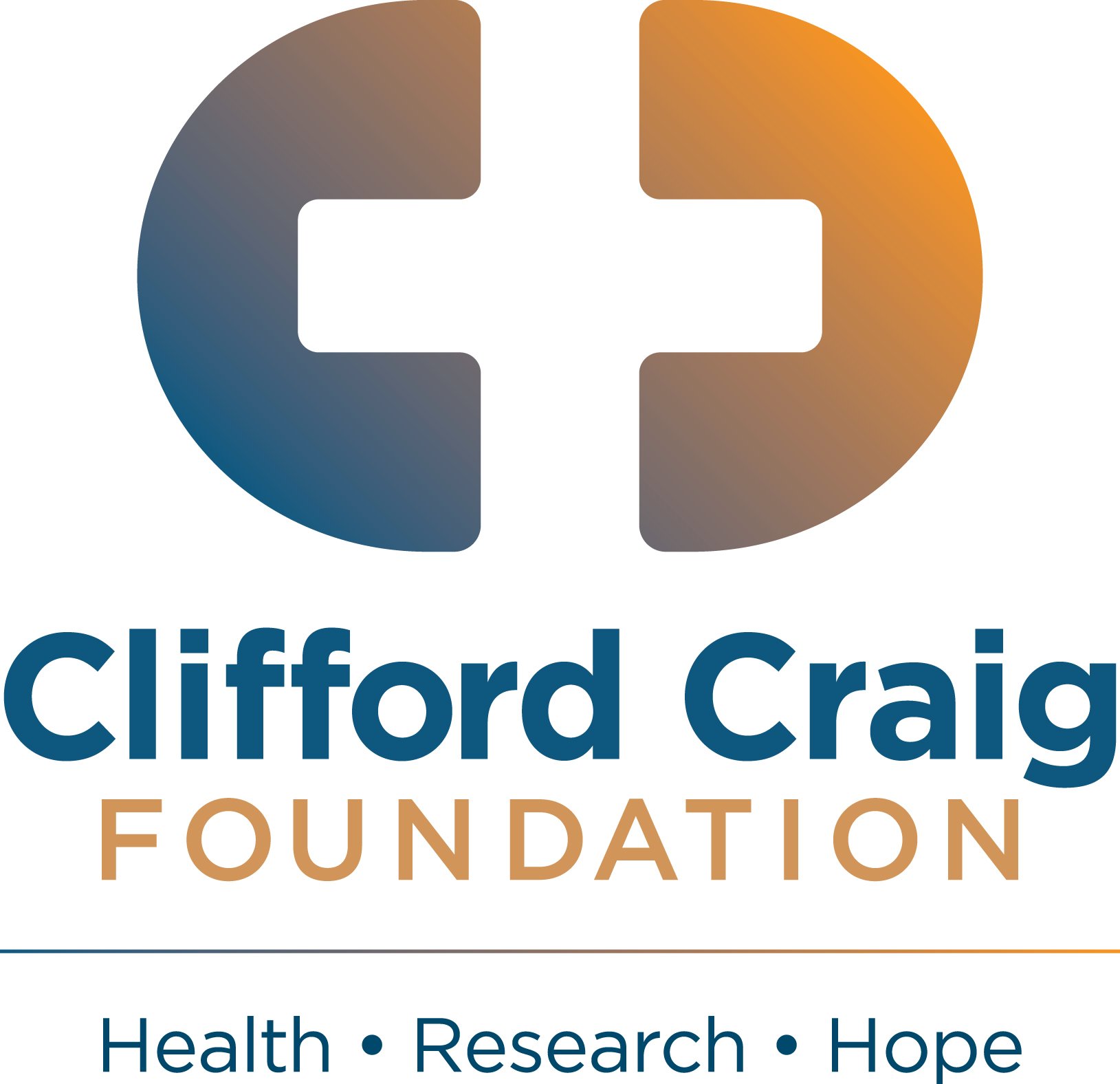Evaluating blood flow restriction in ACL rehab
Blood flow restriction as a novel method for rehabilitation after cruciate ligament repair - Dr Laurent Willemot - $37,344
Given the popularity of athletic participation in Tasmania and the increasing high-level athletic participation in the general population, the incidence of anterior cruciate ligament reconstruction (ACLR) has dramatically increased in recent years.
Despite being one of the most frequently performed and most successful sports injury surgical interventions, ACLR and subsequent rehabilitation are still plagued by significant limitations and controversies.
The aim of this study is to evaluate the claims made by proponents of blood flow restriction (BFR) in the rehabilitation of cruciate ligament reconstruction patients.
As lead researcher Dr Laurent Willemot explained, BFR is a new innovative way to increase muscle volume with lower resistance exercises compared to traditional methods.
However, despite growing hype in bodybuilding and fitness circles, the evidence on BFR remains scarce.
“The huge increase in participation in contact sports by ever younger athletes of both genders, is associated with high rates of ligamentous sports injuries,” Dr Willemot said.
“The need for quick and efficient rehabilitation after surgery to minimise time off, is of primordial concern to the treating physician, physiotherapist, coach, and team and of course the athlete.
“This project aims to shed light on the effectiveness of BFR. Multiple previous studies have attempted this but were plagued by methodological inconsistencies.
“With this study we hope to avoid those.”
The study will review the strength of quadriceps at different time points in the postoperative phase with the application of blood flow restriction.
If shown to be successful, the study will have a high impact on the local population in reducing the long-term limitations and complications of anterior cruciate repair.
“The hope is to achieve real-world changes in standard rehabilitation protocols after sports injuries leading to less pain, less time off, quicker recovery and return to previous level,” Dr Wilemot said.
“Moreover, this study would continue the tradition of high-quality orthopaedic research performed in Northern Tasmania.
“Performing high quality research is also a major attractant for trainees and junior staff hoping to participate in studies.”
Research has a tendency to unravel accepted truths & breakdown barriers
to progress
Dr Laurent Willemot
About the researcher
Originally from Belgium, Laurent studied at Ghent University and completed a biomedical research fellowship at the Mayo Clinic, before surgical fellowships at Sydney’s Royal North Short Hospital and now the Launceston General Hospital.
He first came to Tasmania 2020 as a hand surgery fellow, but is now a supervised consultant in Orthopaedic Surgery, as part of an international medical graduate specialist pathway.
Despite having an initial dislike for research during medical school, it was during his time at the Mayo Clinic that he learned about the “direct and tangible effects” that research can have on daily clinical practice.
“Research has a tendency to unravel accepted truths and breakdown barriers to progress,” he explained.
“Like Richard Feynman said: ‘I would rather have questions that can't be answered, than answers that can't be questioned’.”


